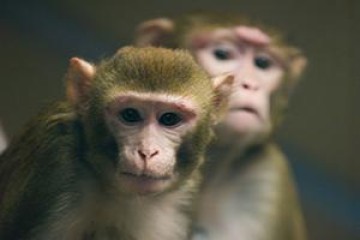Project grant
Assessing cumulative severity in macaques used in neuroscience research

At a glance
Completed
Award date
July 2013 - December 2016
Grant amount
£484,656
Principal investigator
Professor Melissa Bateson
Co-investigator(s)
- Professor Alex Thiele
- Dr Candy Rowe
- Professor Paul Flecknell
- Professor Thomas von Zglinicki
- Professor Roger Lemon
Institute
Newcastle University
R
- Refinement
Read the abstract
View the grant profile on GtR
